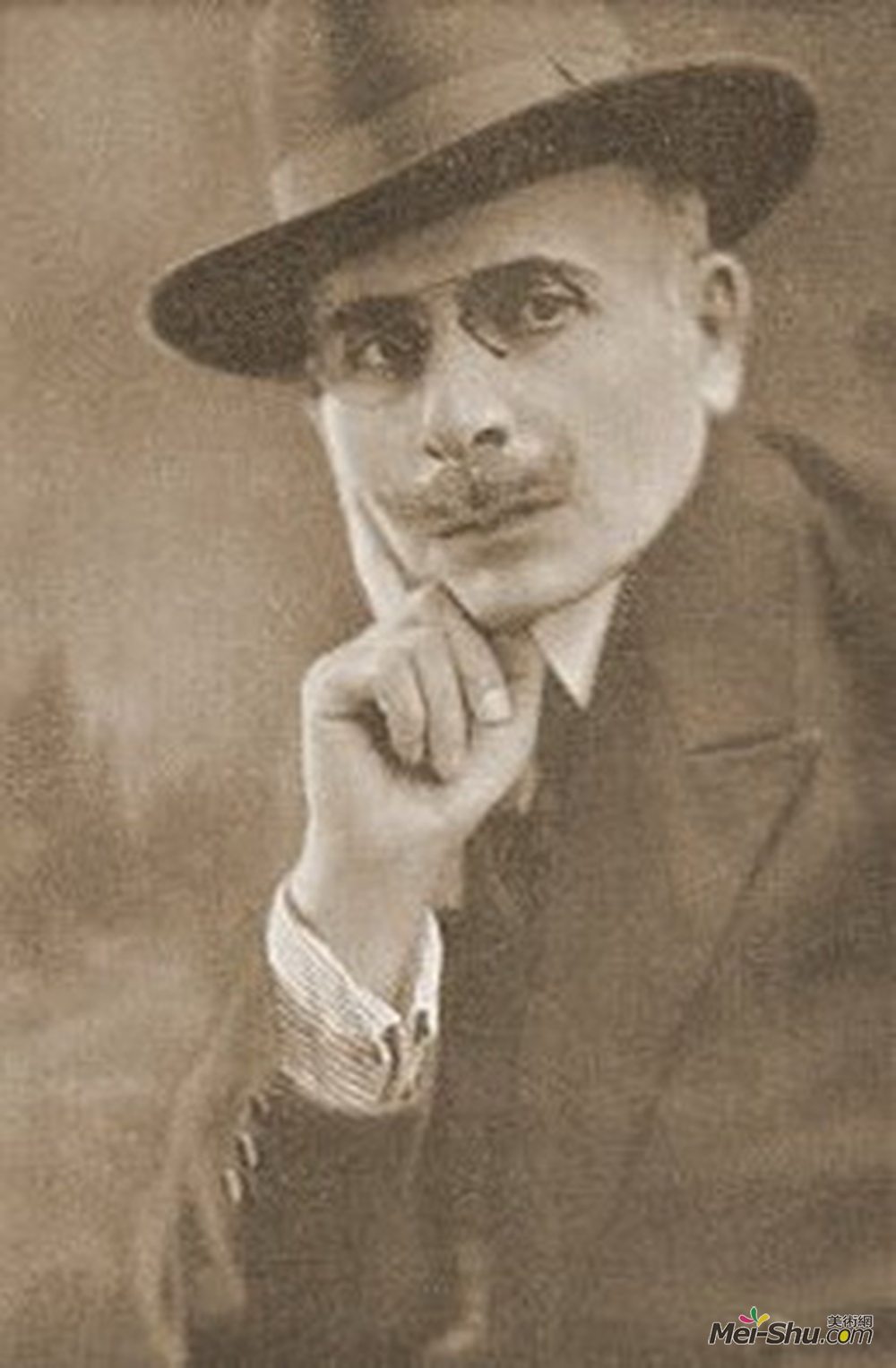
阿夫沙克(Arshak Fetvadjian)
艺术家: 阿夫沙克
生于: 1866年10月06日;
卒于: 1947年10月10日;10月10日1947
国籍: 亚美尼亚
流派: 现实主义
领域: 绘画
Arshak Abrahami Fetvadjian是亚美尼亚艺术家、画家和设计师。他最著名的作品是画中世纪亚美尼亚城市安尼的建筑纪念碑的水彩画,以及设计第一亚美尼亚共和国(1918-1920)的货币和邮票。由于二十多年致力于艺术创作,费特瓦建创作了不少于2000件作品,从明晰的铅笔画到刻意精确的水彩画,这些作品描绘了具有历史意义的教堂、修道院、小教堂和宫殿。他的许多其他作品也是20世纪初亚美尼亚人的肖像。
费特瓦德健于1866年出生于特雷比松,当时的奥斯曼帝国。他出生时就读于首都君士坦丁堡的国家艺术学院,并在首都君士坦丁堡的国家美术学院(帝国艺术学院)继续深造。费特瓦健于1887年从学院毕业,出国深造:他离开罗马,考入圣卢卡艺术学院,在意大利画家和雕塑家塞萨尔·麦卡里的帮助下学习。1891他参加了意大利国家艺术展。他的研究将带他去维也纳(1891—1895)和后来的圣彼得堡。在俄罗斯,他参加了艺术展览,并加入了俄罗斯艺术家和39;社会。在整个20世纪早期,他继续举办展览,他的作品在卢浮宫(1919,1920)和维多利亚和阿尔伯特博物馆展出。Artist :Arshak Fetvadjian
Additional Name :Ֆեթվաճյան Արշակ Աբրահամի
Born :06 October 1866
Died :10 October 1947
Nationality :Armenian
Art Movement :Realism
Field :drawing
Arshak Abrahami Fetvadjian was an Armenian artist, painter and designer. He is best known for his watercolor paintings of the architectural monuments of the medieval Armenian city of Ani, and for designing the currency and postage stamps of the first Republic of Armenia (1918–1920). As a result of over 20 years devoted to art, Fetvadjian produced no less than 2,000 works, varying from lucid pencil drawings to painstakingly accurate watercolors, that depicted historically significant churches, monasteries, chapels and palaces. A considerable number of his other works were also portraits of Armenians at the turn of the 20th century.
Fetvadjian was born in Trebizond in 1866, in the then Ottoman Empire. He attended a national art institute in the city of his birth and continued his studies at the State Fine Arts School (Imperial Academy of Art) in the capital at Constantinople, which had only been recently opened by an Armenian sculptor named Yervand Voskan. Fetvadjian graduated from the academy in 1887 and pursued higher learning abroad: he left for Rome and was admitted to the San Luca Art Academy, where he studied under the wing of Italian painter and sculptor Cesare Maccari.Fetvadjian's artistic talents were brought into the public spotlight when he participated in the Italian national art exhibition in 1891. His studies would later take him to Vienna (1891–1895) and later Saint Petersburg. In Russia, he participated in art exhibitions and joined the Russian Artists' Society. Throughout the early 20th century, he continued to hold exhibitions, and his artwork was seen on displays at the Louvre (1919, 1920) and the Victoria and Albert Museum.